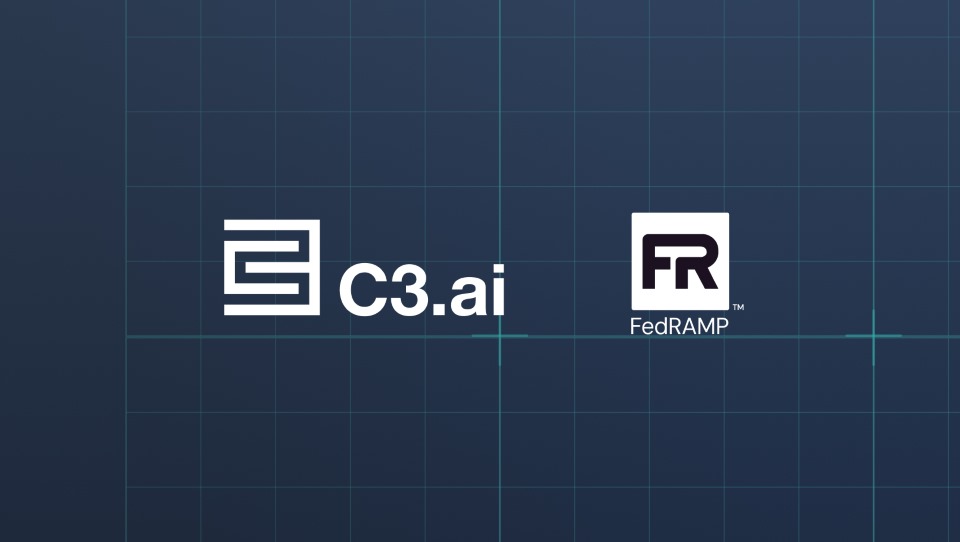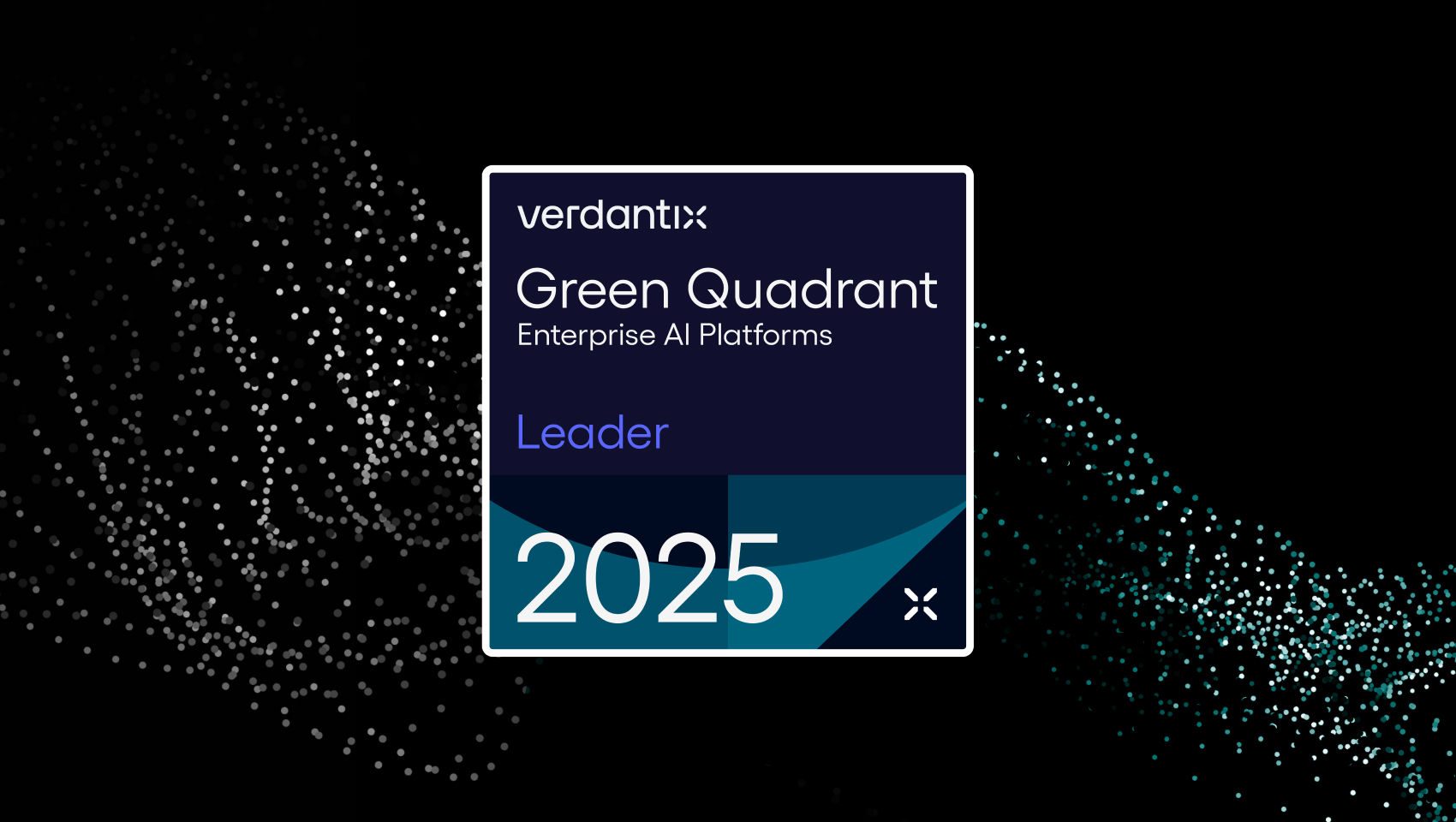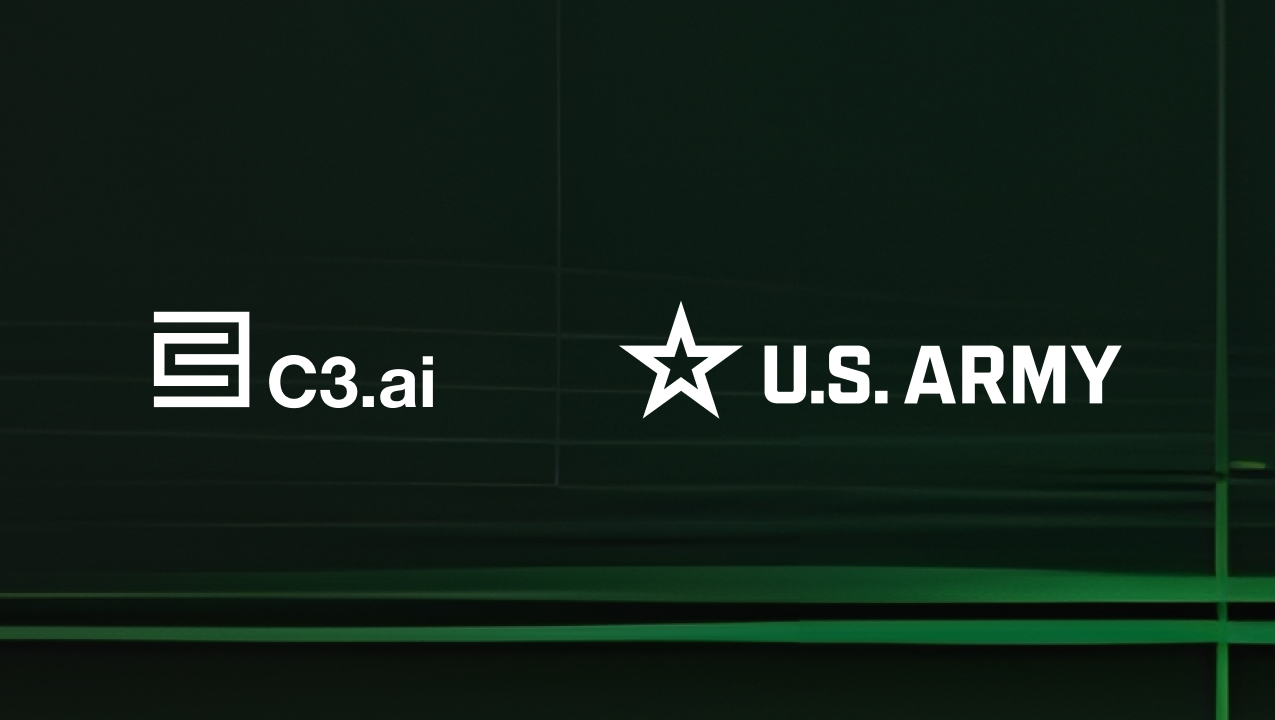- Tom Siebel, CEO of artificial intelligence firm C3.ai says digital transformation consists of reinventing an organization with a blend of cloud computing, big data, artificial intelligence, and the internet of things.
- Siebel literally wrote the book on digital transformation, but says that there’s a lot of confusion over the term.
- Today businesses face the stark choice of adopting these technologies or becoming extinct while their competitors evolve, Siebel says.
- An early executive at Oracle, Siebel started his own customer relationship management firm before founding C3.ai, and provides a unique perspective on emerging markets.
- He may also be unique in being able to describe being charged and trampled by a bull elephant – “you’re looking at five tons in the eye, it’s pretty surreal.”
Digital transformation is one of the great buzzword terms of business in this new decade, yet even the most prominent experts have been able to define it in a meaningful, succinct way.
Tom Siebel wrote the book on digital transformation, literally: He is the author of 2019’s “Digital Transformation: Survive and Thrive in an Era of Mass Extinction.”
The book focuses on the confluence of four 21st century technology vectors – elastic cloud computing, big data, artificial intelligence (AI), and the internet of things (IoT). Those elements must be interwoven throughout an organization if it is to survive in the rapidly evolving business world, he argues.
Companies face a stark choice today, argues Siebel: Adapt and adopt this potent new blend of technologies, or perish.
“We are going through a massive corporate extinction event, on a global scale. We have an existential event for a lot of businesses,” Siebel says. “If you’re not using this new generation of technologies to design products, manufacture products, service customers, run your business operations, you’re not going to be competitive. You’re going to be like Macy’s trying to compete with Amazon. I mean, what are the chances? You know how that story ends.”
At the same time, though, Siebel says that there’s a lot of confusion about how best to approach digital transformation.
“I think, candidly, most people who talk about it have no idea what they’re talking about,” Siebel says of the term. “So what I attempt to do in the book is put it into historical context and describe what I think it is and why it’s so important.”
Siebel may be uniquely capable of providing that historical context for emerging tech. He is the founder and chief executive of C3.ai, a Silicon Valley computer software company that provides software as a service (SaaS) applications for enterprise-scale big data, predictive analytics, AI, and IoT solutions.
Previously, he was the founder and chief executive officer of Siebel Systems, an early customer relationship management company that reported annual revenue in excess of $2 billion. Oracle — Siebel’s one-time employer — would go on to buy Siebel Systems in January 2006 in a deal valued at almost $6 billion.
“Look at the information technology business. When I got involved, about 1980, it was a $50 billion business worldwide. Today, it’s a three and a half trillion dollar business with predictions that, in five years it will be a $9 trillion business. We’re seeing a dramatic acceleration and that acceleration is really driven by these new technology vectors, including elastic cloud computing, big data, the internet of things, and AI.”
The elephant incident
Siebel knows first-hand about existential moments and fighting to survive. In a famous incident, he was trampled by an elephant while on vacation in Tanzania in 2009, resulting in several broken ribs, a severely gored left leg, and crushed right leg.
Nineteen surgeries and four years later, he could walk. And “today there’s virtually nothing I can’t do. I mean I play tennis, I kiteboard, I surf.”
Despite nearly being killed by an elephant, Siebel says he “has a knack for, you know, getting lucky and being in the right place at the right time” because he has gotten involved in emerging markets several times.
“The first being the relational database market. When we started at Oracle there was nothing, but when I left Oracle, it was pretty darn big business. And then when we started Siebel, there was no CRM market, and today that’s a $100 billion business a year. And this market, before we started here in 2009, there was no market for commercial AI. And now it’s huge and rapidly growing.”
C3.ai has helped the Air Force use sensors to apply predictive analytics to aircraft maintenance, so planes can be serviced before parts break down. And the company is working now toward a deal with Microsoft on an AI project in the oil and petroleum industry he says could be revolutionary.
“We’re dealing with really strategic customers on really strategic problems,” he says. “Every problem that we’re solving has never been solved before.”
Read the full article here.



